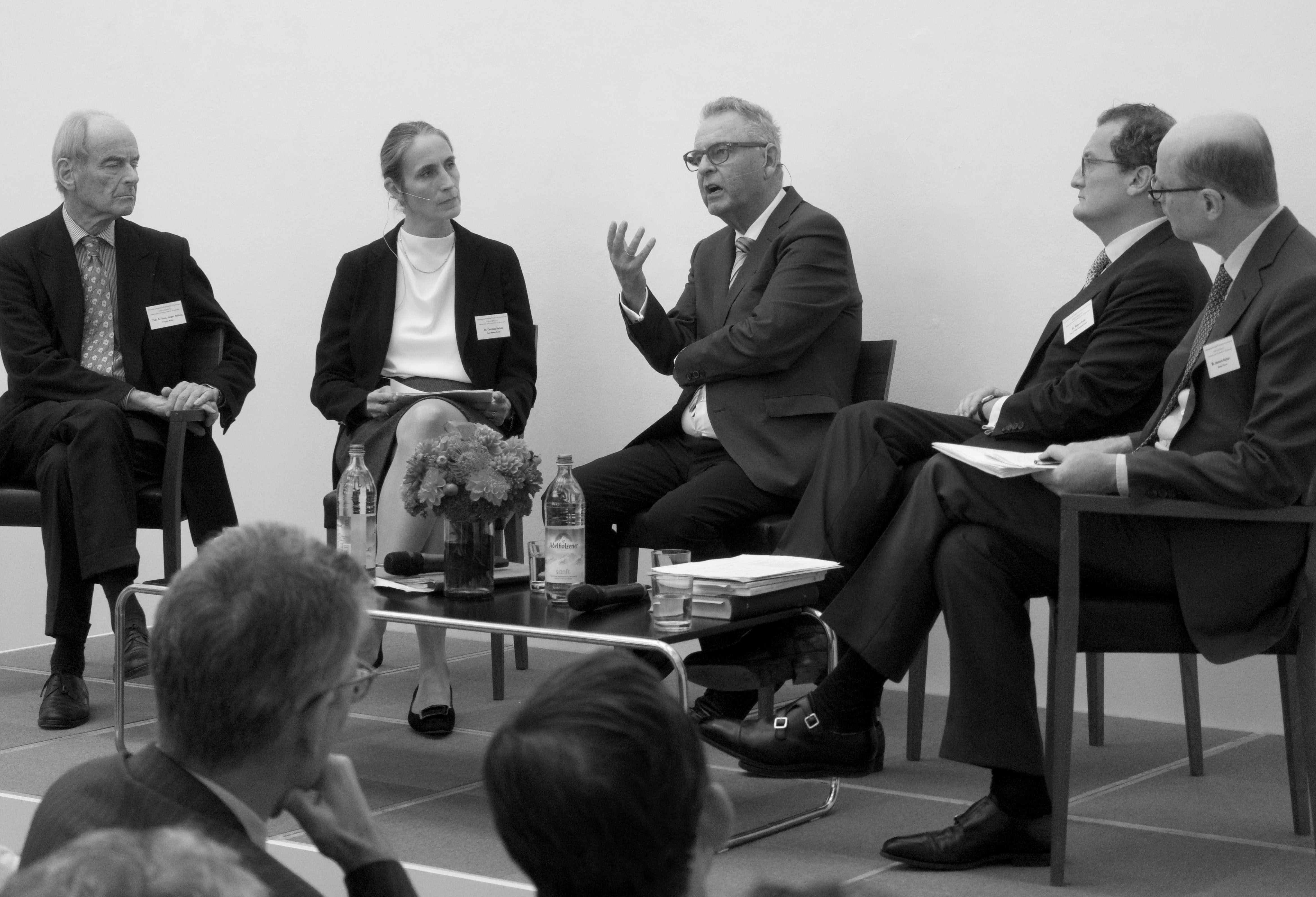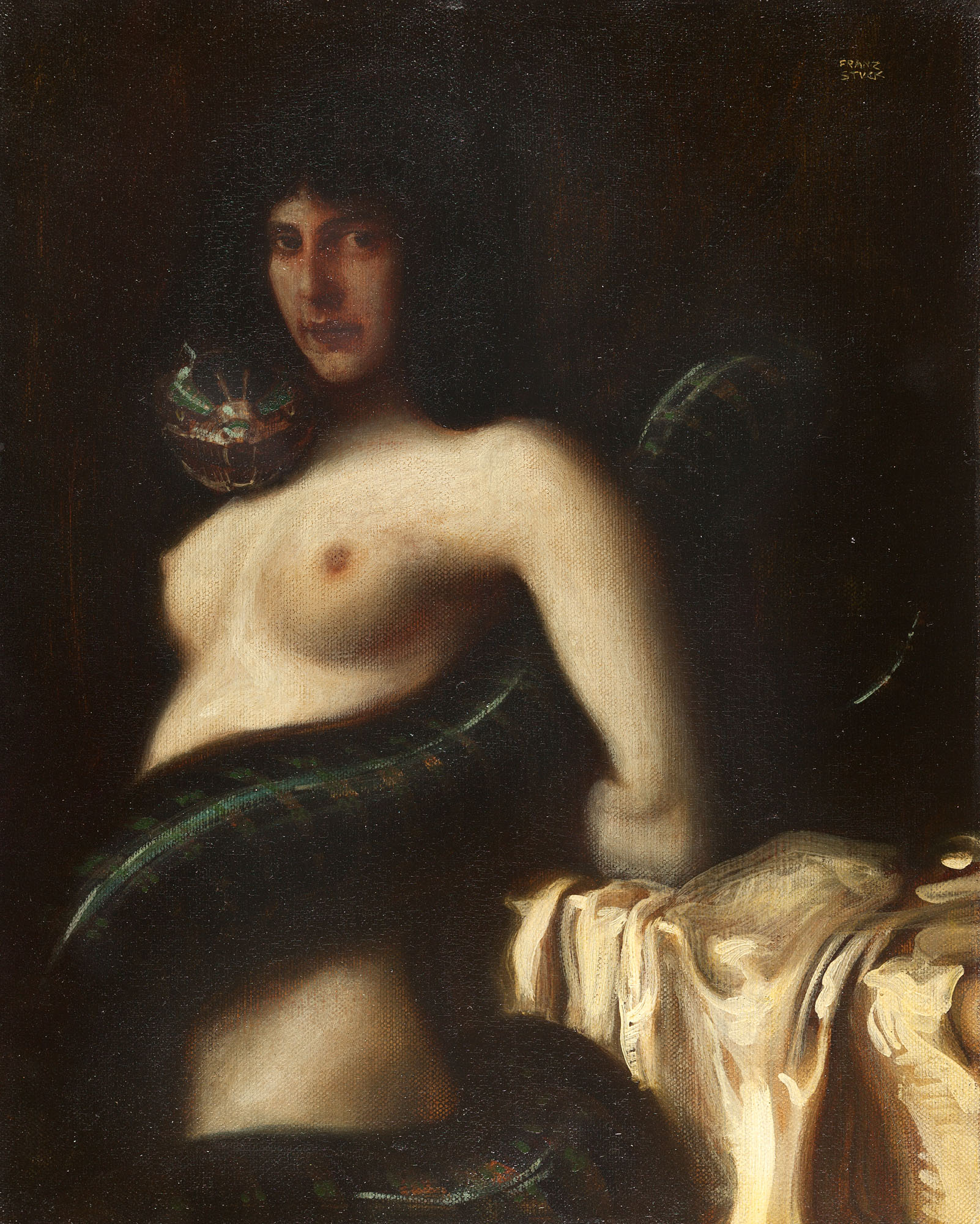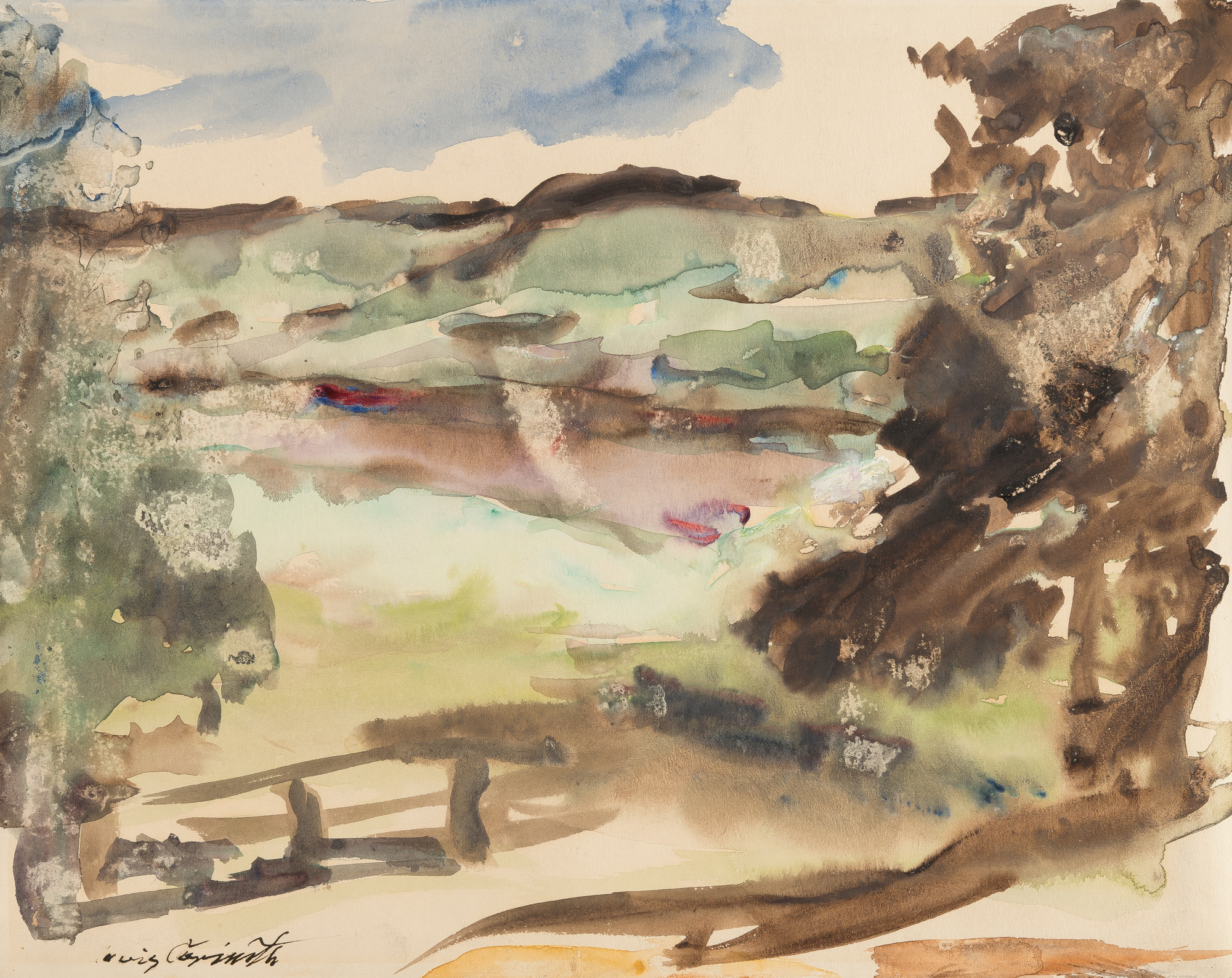Provenance Revealed: The dealer and auctioneer as a kind of mediator?
Under the title “Provenance Revealed”, we present the handling of provenance research in daily practice in an exciting series of contributions. In our third contribution, we look at the role of art dealers and auctioneers as mediators.
Dealing with restitution in practice
The question of restitution can strike an art owner or dealer out of the blue. Even if in practice cases of restitution are rare – in relation to the high number of artworks traded – the uncertainty is great due to the high publicity of this topic and its undisputed historical and moral dimension. So how to deal with it?
The starting point is the question of the context in which the topic of restitution is approached by private individuals. As a rule, two case constellations occur in particular: Representatives of heirs intensively search for works of art that once belonged to Jewish collectors and dealers and were seized from them by the National Socialist state during the period 1933-45 due to persecution (so-called looted art), and subsequently discover them in a private collection. Or it turns out in the course of a sales process, due to the accompanying research of a dealer/auction house, that a work of art may have been seized due to persecution. This can be determined, for example, by matching an entry in a database such as the Art Loss Register or the Lost Art Database. The problem here is that these registrations are often vague and do not allow for clear identification. They can, however, affect the trade in works of art, as they may in fact be tainted by an inaccurate registration due to current practice. Therefore, potential buyers may refrain from acquiring them.
Because of this far-reaching effect, which can deeply interfere with the citizen’s right to property guaranteed by Article 14 of the German Basic Law (Grundgesetz), the German Lost Art database in particular is subject to constitutional concerns. This de facto encroachment on property is in contradiction to the current German legal situation. Under German law, private citizens are not obliged to return or compensate their works of art, even if it should be determined that they are clearly looted art. In almost every case, ownership has passed to the current owner or claims are time-barred because the seizure took place more than 30 years ago.
A restitution law could provide clear rules that would be constitutionally and socio-politically secured. However, it is questionable whether it can do justice to the many different constellations of cases and evidence. Apart from the obligations of the trade to conduct research as standardised in the Cultural Property Protection Act 2016, the Washington Agreement of 1998 defines the only existing regulations in the field of restitution. Like the “Joint Declaration” of December 1999 by the Federal Government, the federal states and the central municipal associations on the tracing and restitution of cultural property seized as a result of Nazi persecution, especially from Jewish property in Germany, they have no legal basis. Only the public sector, i.e. museums and public institutions, have submitted to these rules. Individual citizens and their property are not bound by them. In practice, most collectors and dealers are overwhelmed by these far-reaching moral and legal issues. Experienced art dealers and auctioneers can provide assistance in these cases. They do not do this as lawyers, but because of their wealth of experience they act as a kind of mediator who tries to find a satisfying solution between the parties involved. There is usually no lack of goodwill on the part of the parties involved, but the ways found must be “fair and just” for both sides – insofar as this is possible at all in view of the historical dimension. This in turn requires a clarity of procedures and rules that is not yet given at the present time.
Against this background, it was the perfect timing for the conference “Fair and just? Restitution and Provenance in the Art Market. Practice. Problems. Perspectives”, which was organised by the Interessengemeinschaft Deutscher Kunsthandel on 14 October 2019 at the premises of Karl & Faber in Munich under the patronage of the Bavarian State Minister for Science and the Arts Bernd Sibler MdL. For the first time in Germany, the historically and legally complex topic was examined primarily from the perspective of the market players.
The keynote address “Law, Justice, Peace” was given by Professor Dr. Michael Wolffsohn, multi-award-winning historian, book author and publicist in the field of contemporary history, and can be found in our journal. Renowned researchers were invited, such as Dr. Uwe Hartmann, Head of the Provenance Research Department at the German Centre for the Loss of Cultural Property in Magdeburg, as well as prominent lawyers such as Prof. Dr. Hans-Jürgen Papier, Chairman of the Advisory Commission (formerly known as the Limbach Commission) and former President of the Federal Constitutional Court, and the Berlin lawyer Prof. Dr. Peter Raue. Our panel discussion provided the opportunity to give speeches and make contributions, alongside leading lawyers and art market players.
Dr. Rupert Keim
A publication of the complete content of the conference can be downloaded free of charge here.
And can be purchased in bookshops as a hardcover, here, at a price of 44,90€.
Publication
ISBN 978-3-98501-009-7 (PDF)
ISBN 978-3-98501-010-3 (hardcover)




